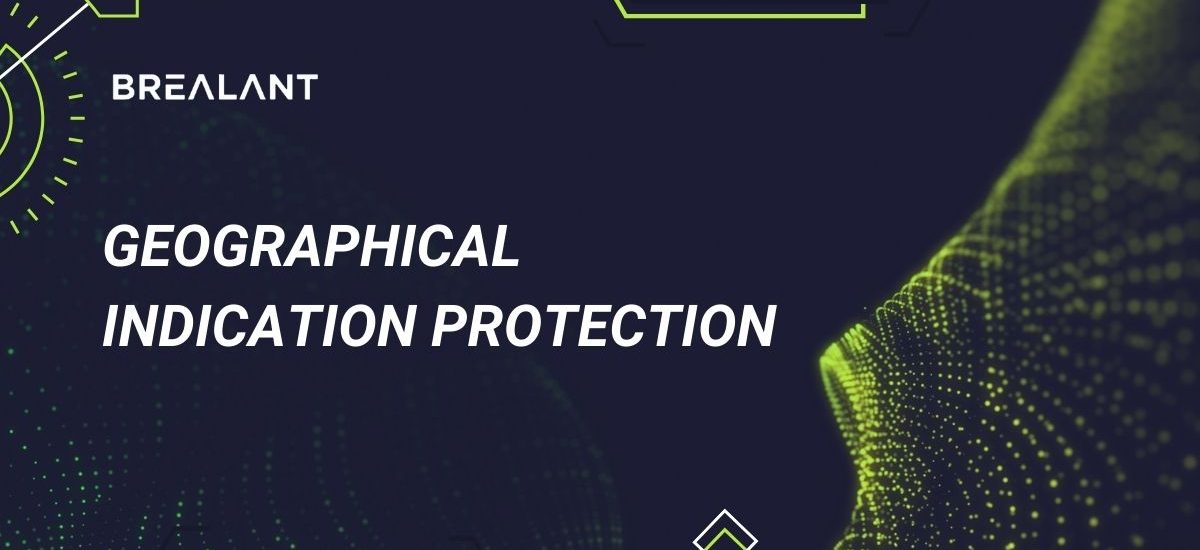Geographical Indication Protection, often abbreviated as GI protection, is a vital aspect of international intellectual property rights, primarily guided by the World Intellectual Property Organization (WIPO). WIPO plays a pivotal role in facilitating global cooperation to protect and promote geographical indications, recognizing the cultural, economic, and social value they hold for producers and consumers alike. This blog delves into the concept of GI protection, the importance of safeguarding these unique products, and WIPO’s role in this crucial endeavor.
What is Geographical Indication (GI)?
A Geographical Indication is a sign used on products that have a specific geographical origin and possess qualities, reputation, or characteristics that are attributable to that origin. These indications are essential for products that are deeply rooted in the cultural heritage and traditions of their place of origin. Examples of products protected under GI include Champagne, Parmigiano-Reggiano, and Darjeeling tea. When consumers see these GIs, they know they are purchasing a product with certain qualities and characteristics associated with that particular region.
The Importance of GI Protection
- Economic Benefits: GI protection provides economic advantages for producers in the designated regions. By associating a product with a specific geographical origin, it can command higher prices and increased demand due to the perceived quality, authenticity, and tradition associated with that area.
- Preserving Cultural Heritage: GI protection safeguards traditional production methods and cultural heritage tied to specific regions. It encourages the preservation of traditional knowledge and skills that have been passed down through generations.
- Fostering Innovation: GI protection promotes innovation and quality improvements in the production processes as producers strive to maintain or enhance the reputation and distinctiveness of their products.
- Consumer Trust: Geographical indications serve as a reliable source of information for consumers. When they see a GI label, they can trust the product’s authenticity and quality.
WIPO’s Role in GI Protection
WIPO plays a significant role in facilitating the protection and promotion of geographical indications globally. Here are some key functions of WIPO in this context:
- International Cooperation: WIPO encourages international cooperation among its member states to develop effective legal frameworks for the protection of GIs. It assists in the negotiation and implementation of international agreements that strengthen GI protection, such as the Agreement on Trade-Related Aspects of Intellectual Property Rights (TRIPS).
- Capacity Building: WIPO provides technical assistance and capacity-building programs to help countries establish and enforce GI protection systems. These initiatives include workshops, training, and the sharing of best practices.
- Database of GIs: WIPO maintains a public database of geographical indications and appellations of origin from around the world. This database serves as a valuable resource for producers, consumers, and policymakers to access information about registered GIs.
- Raising Awareness: WIPO conducts awareness-raising campaigns to highlight the importance of GI protection. These campaigns help consumers understand the significance of GIs and the benefits they bring to local communities.
- Policy Development: WIPO assists countries in developing and updating their national laws and policies related to GIs. This ensures that legal frameworks align with international standards and best practices.
Challenges and Future Prospects
Despite the significant progress made in the protection of geographical indications, challenges persist. These challenges include addressing potential misuse or misappropriation of GIs, improving access to GI protection for developing countries, and dealing with the globalization of markets, which can sometimes dilute the distinctiveness of GIs.
Looking ahead, WIPO and its member states will continue to work together to address these challenges and enhance the global system for GI protection. The organization will likely focus on ensuring that GIs contribute to sustainable development, economic growth, and cultural preservation while maintaining the high standards of quality and authenticity that consumers expect.
Conclusion
Geographical Indication Protection is an essential tool for preserving cultural heritage, promoting economic development, and fostering innovation in the production of unique products with geographical origins. WIPO’s role in this field is crucial, as it facilitates international cooperation, capacity-building, and the development of effective legal frameworks for GI protection. By ensuring the continued protection and promotion of geographical indications, WIPO plays a vital role in safeguarding the cultural and economic value of these distinctive products on the global stage.






